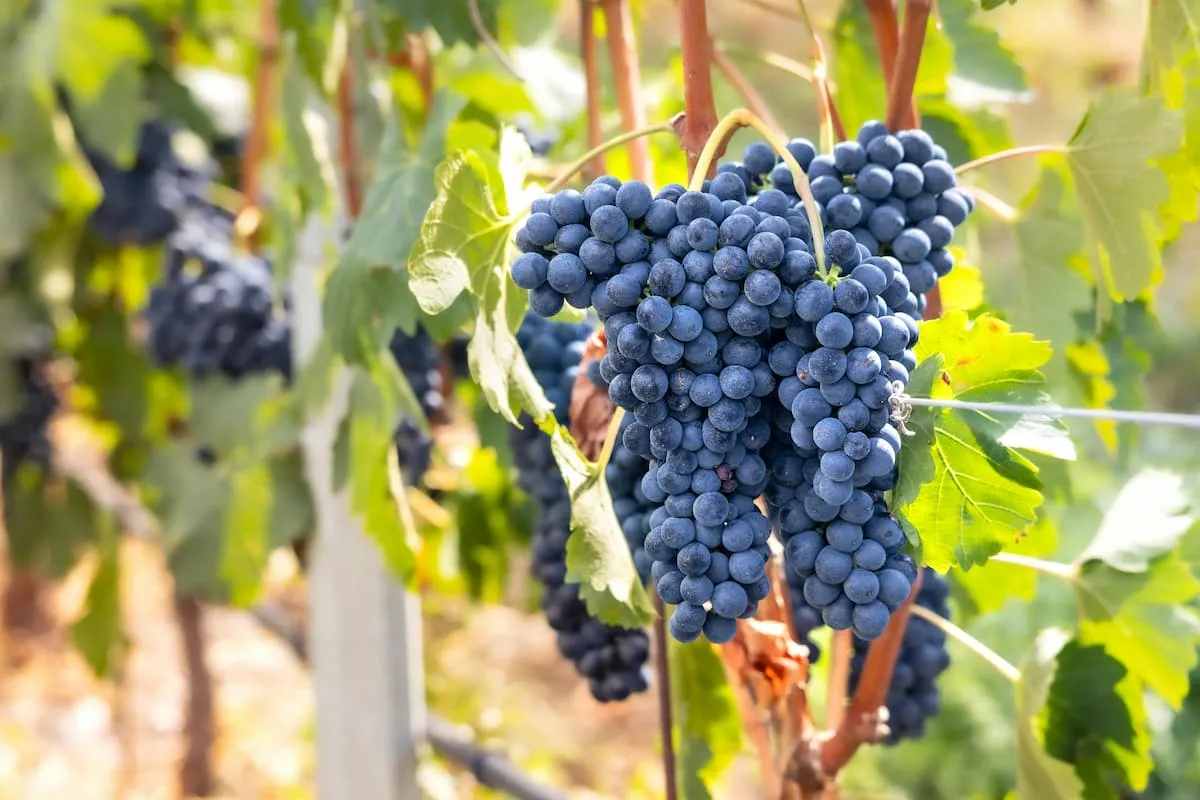Cause and Effect in the Wine Ecosystem
Published on February 6, 2025

Dr. Robert Sapolsky, neuroscientist and primatologist, posed a thought-provoking question that completely changed my perspective on cause and effect:
“What if the chicken is the egg’s way of making another egg?”
This simple statement got me thinking about the wine industry. Are the dedicated professionals who nurture the vines, craft the wines, and share their passion with the world the “chicken” in this analogy? And is the ultimate ‘egg’ the consumer’s enjoyment and appreciation of a perfectly poured glass? Just as a chicken plays a vital role in the creation of an egg, the wine industry creates the conditions for wine to truly flourish—not just as a product, but as an entire culture and experience.
Serving the Vine
But perhaps the ‘egg’ isn’t just the consumer’s enjoyment, but something even more fundamental: the vine itself. Just as the hen serves the purpose of the egg, the wine industry, in a sense, serves the Vitis vinifera, ensuring its continued propagation and evolution.
Think about it. The grapevine is a remarkable organism, but it requires careful cultivation. Agronomists and Growers nurture these vines, coaxing the best fruit from them. They are the first critical link in the chain, but they also, perhaps unwittingly, serve the vine’s own agenda. Through cultivation and selective breeding, we have become the instruments of its evolution.
The journey doesn’t end there. The grapes then pass to the winemakers, the oenologists, who are like culinary artists. They guide the fermentation, balancing chemistry and artistry to craft a wine that expresses both the terroir and their vision. By creating wines that are celebrated, they ensure that vines continue to be planted and cultivated around the world.
An Interconnected Ecosystem
And what about the countless other professionals who contribute? The consultants and sommeliers who act as tastemakers, the educators who demystify the world of wine, the marketers who connect wineries with consumers, and yes, even those of us who create experiences to enhance appreciation—are we not all links in the chain, ensuring the vine’s survival and even its refinement?
My personal journey reflects this interconnectedness. Initially, I saw a cork as a simple matter of quality. However, as I continued my WSET Diploma studies, I gained a deeper understanding of how even minor decisions—like the choice of closure—affect the wine, the cork industry, regional economies, and ultimately, consumer perceptions. It serves as a microcosm of the wider world of wine, where every component contributes to the overall experience.
Our Role in the Dance
This brings me to Winescapes. We may not be the growers or the winemakers, but we believe we play a vital role in this intricate dance. Our focus is on communication—creating products and experiences that make the world of wine more accessible and engaging. By fostering a deeper appreciation of wine, we are helping to create more moments of enjoyment and a thriving wine culture.
Perhaps we are contributing to the ongoing story of the vine, securing its place in our world for generations to come. After all, the wine industry isn’t just about producing a beverage; it’s about a complex relationship between man and nature, a co-evolution that benefits both. And that’s something worth nurturing.